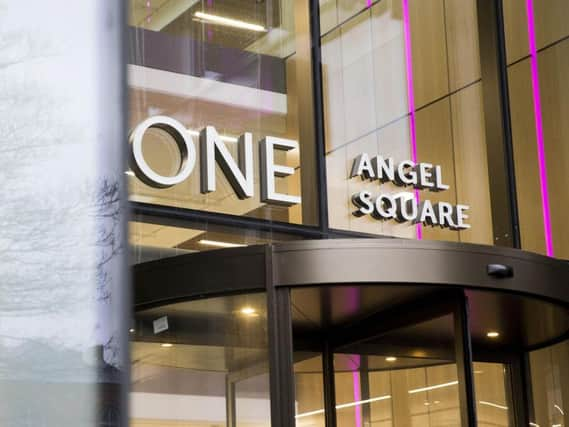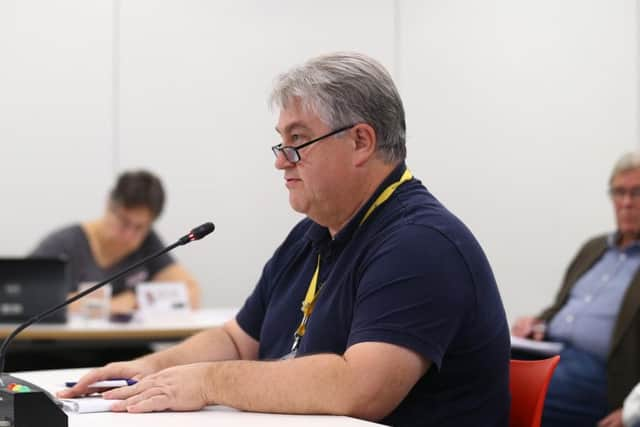Committee wants greater involvement from Northamptonshire public in budget scrutiny work


The budget has now been set for 2019/20 - including a 4.99 per cent council tax rise - and comes after a public consultation where members of the public were asked to share their views.
Residents were also entitled to attend meetings of the Overview and Scrutiny Committee, which made a series of suggestions including removing a planned charge for community groups, such as the Guides and Scouts, to use schools.
Advertisement
Hide AdAdvertisement
Hide AdPublic turnout at the events was incredibly low though, not helped by the fact that meetings are in the daytime when people are at work.


But the Overview & Scrutiny Committee has tasked itself in recent weeks to look at how it can improve its budget scrutiny process, and the findings have heavily centred on getting more residents actively involved in the process.
A working group led by Councillor Chris Stanbra has recommended that opportunities are given for members of the public and representatives of external organisations to contribute information and views at appropriate subject-focussed sessions.
Other recommendations include adopting guidance from the Centre for Public Scrutiny for specific pieces of scrutiny work to be carried out throughout the whole financial year, rather than just in the weeks later on in the year following the announcement of the draft budget and its consultation.
Advertisement
Hide AdAdvertisement
Hide AdThe recommendations were agreed at a committee meeting on Wednesday (March 27), where Councillor Stanbra said: “We were tasked with looking at best practices for budget scrutiny, and we wanted to report back quickly on that.
“I have to say that we spoke to a number of similar authorities and people within the Local Government Association network, and we didn’t identify many places where the process was much different to our own.
“We looked a little wider and came across a blog post by Ed Hammond, a research director from the Centre for Public Scrutiny, which presented us with some interesting guidance as to what the scrutiny process might look like, and we have taken it and ran with it.
“I would argue that this process would work equally well for the in-year budget reviews, and gives us some timescales for reviewing certain outcomes at certain times of the year.
Advertisement
Hide AdAdvertisement
Hide Ad“Other recommendations make it clear that we think it’s important that members of the public can contribute to the scrutiny of the budget, and I’m sure this committee will want to work that in.”
Councillor Adam Brown agreed that it was important for the committee to take a more medium term approach to its work.
He said: “Other councils' budget scrutiny would also place emphasis on scrutiny of the Medium Term Financial Plan (MTFP) as well as the budget, so there was an overarching medium term strategy that was just as important. Since I’ve been a councillor here we’ve always been firefighting, so this is something to look at.”
The new timescales recommended by the working group suggest scrutiny work starts on the MTFP in the earliest part of the financial year, around April to May.
Advertisement
Hide AdAdvertisement
Hide AdThe committee was also keen to get residents involved, with Councillor Julie Davenport saying: “What I really liked when we looked at Buckinghamshire was that there was more public involvement, and they would ask people to tweet questions while they were watching a live feed.”
And Councillor Jonathan Ekins added: “I like that we want to encourage more people to be engaged with this, because these are the people who use our services and are best placed to judge things.”
The committee finished by requesting that the council look at the possibility of webcasting its meetings. The only meetings currently filmed at the county council are full council and cabinet meetings, and these are usually posted on YouTube after the meeting has concluded.